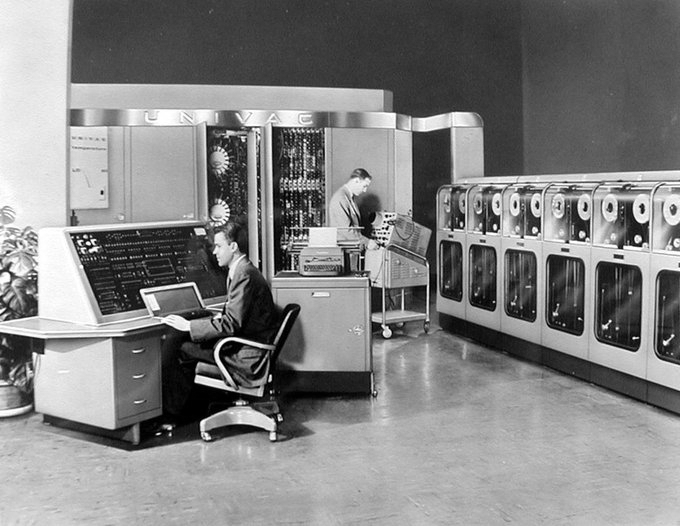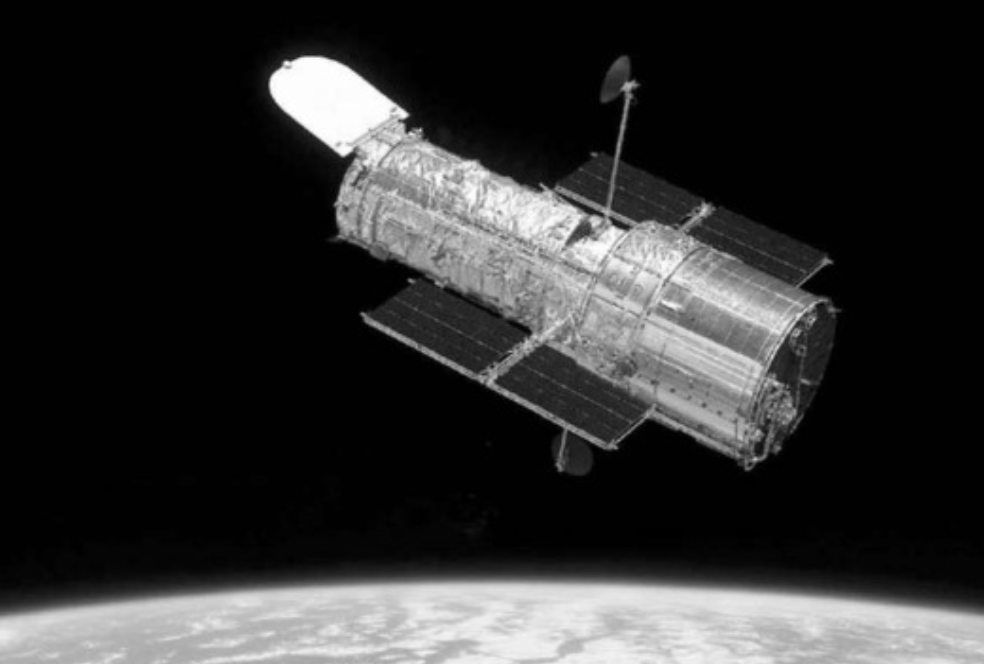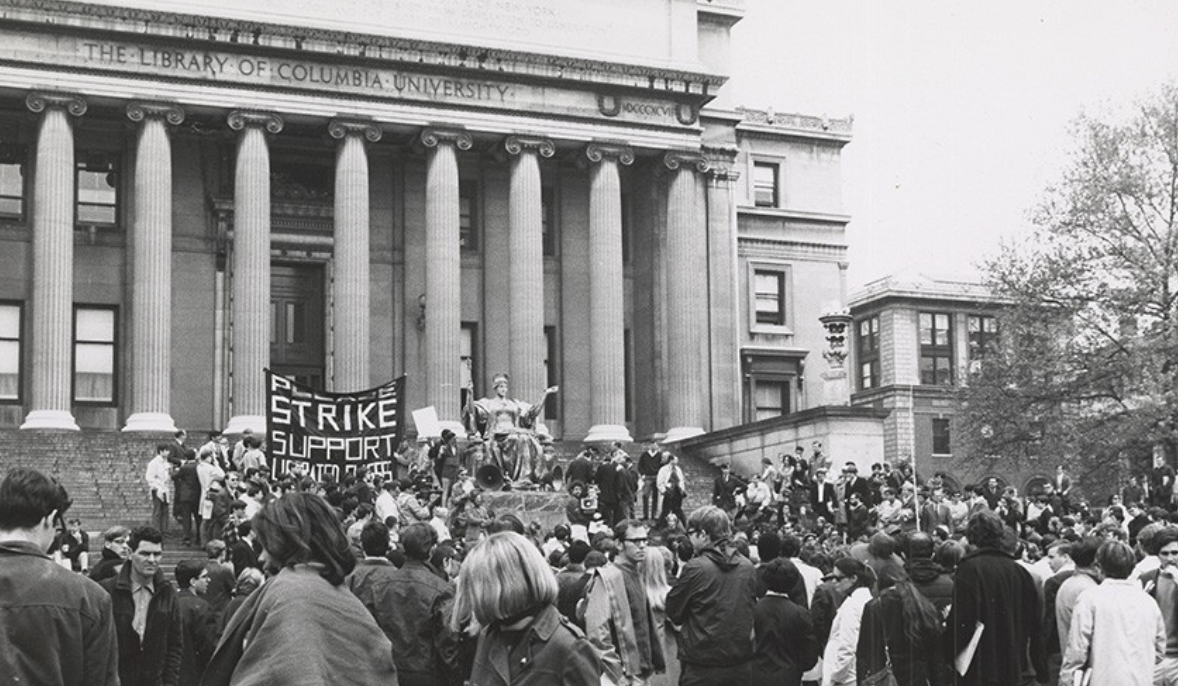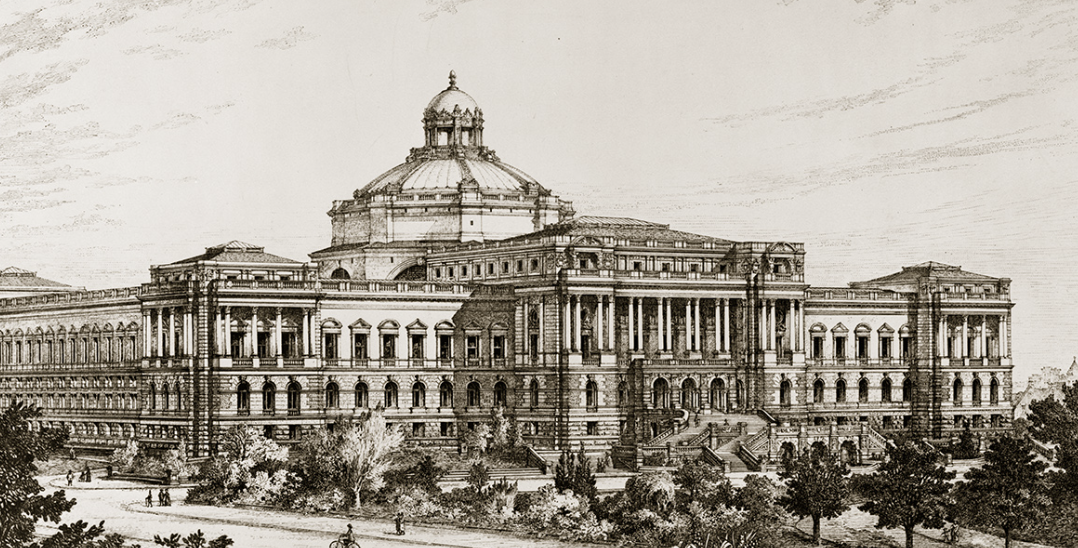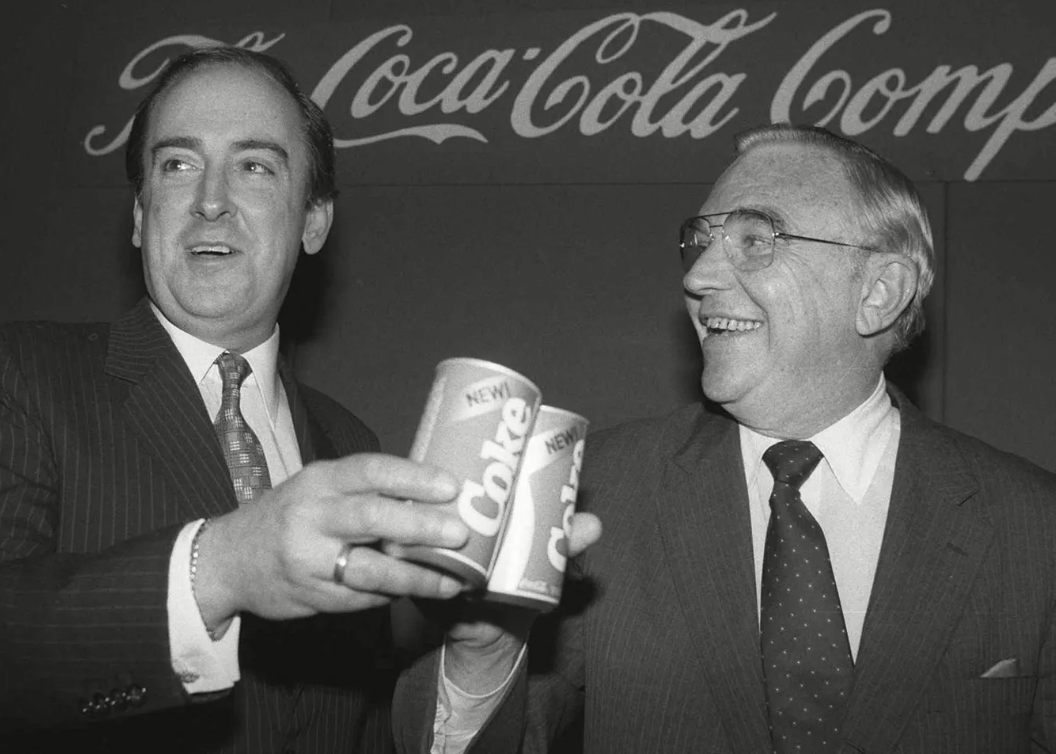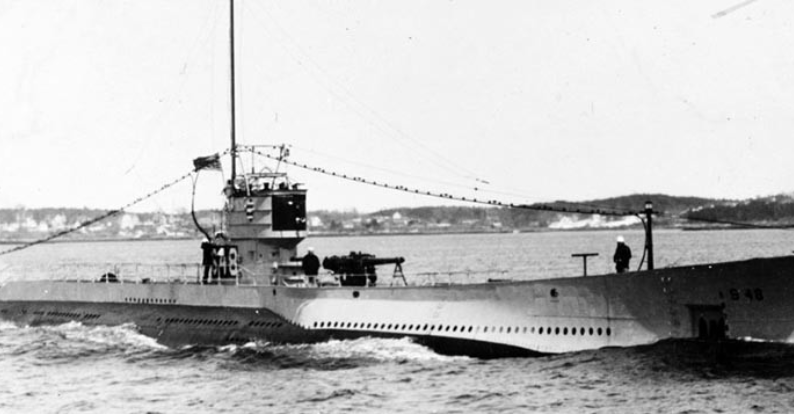On March 31st, 1951, the first commercially built computer in the United States, the UNIVAC I, was unveiled to the public. This event marked a significant milestone in the history of computing and laid the foundation for the modern computing industry we know today.
The UNIVAC I (UNIVersal Automatic Computer) was developed by J. Presper Eckert and John Mauchly, who had previously designed the Electronic Numerical Integrator And Computer (ENIAC), which was the first general-purpose electronic computer. However, unlike the ENIAC, which was built for military purposes, the UNIVAC I was designed for commercial use.
The UNIVAC I was a massive machine that filled an entire room, weighing more than 29,000 pounds and consisting of over 5,000 vacuum tubes. It had a memory capacity of 1,000 words (about 12 kilobytes), and could perform about 1,000 calculations per second. Although it was slow by today’s standards, the UNIVAC I was considered a breakthrough in its time, and its speed and capacity were a vast improvement over previous computing technologies.
The UNIVAC I was a highly versatile machine, capable of performing a wide range of tasks, from calculating payroll and accounting to conducting scientific research and analyzing data. Its introduction marked the beginning of a new era in computing, and it paved the way for the development of more sophisticated and powerful computers in the years to come.
One of the most significant applications of the UNIVAC I was its use in the 1952 presidential election, where it was used to predict the outcome of the race. The machine correctly predicted that Dwight D. Eisenhower would win the election, marking the first time a computer had been used in such a way.
The UNIVAC I had a profound impact on the development of the computing industry, paving the way for the development of the modern computer. Today, we can see the legacy of the UNIVAC I in our smartphones, laptops, and other computing devices that we use every day.
The introduction of the UNIVAC I on March 31st, 1951, was a significant event in the history of computing. The machine revolutionized the way we think about computing and laid the foundation for the development of the modern computing industry we know today. Its legacy will continue to be felt for years to come, as computing technology continues to evolve and change the world around us.

